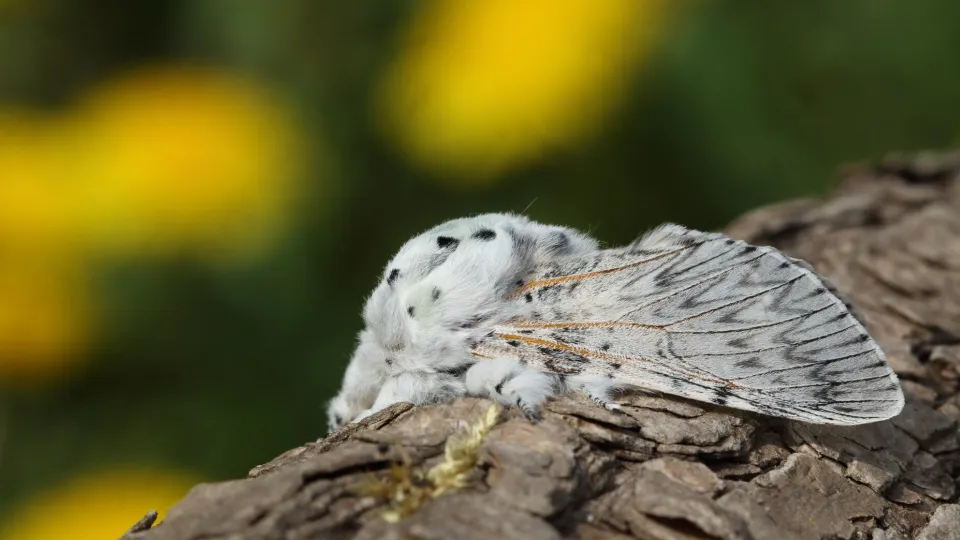
Puss moth
The puss moth is a large and fluffy moth, with a very strange looking caterpillar.

The puss moth is a large and fluffy moth, with a very strange looking caterpillar.

This snowy white moth is easily mistaken for the similar brown-tail, until it lifts its abdomen to reveal a burst of golden-yellow.

The caterpillars of this fluffy white moth are best admired from a distance, as their hairs can irritate the skin.
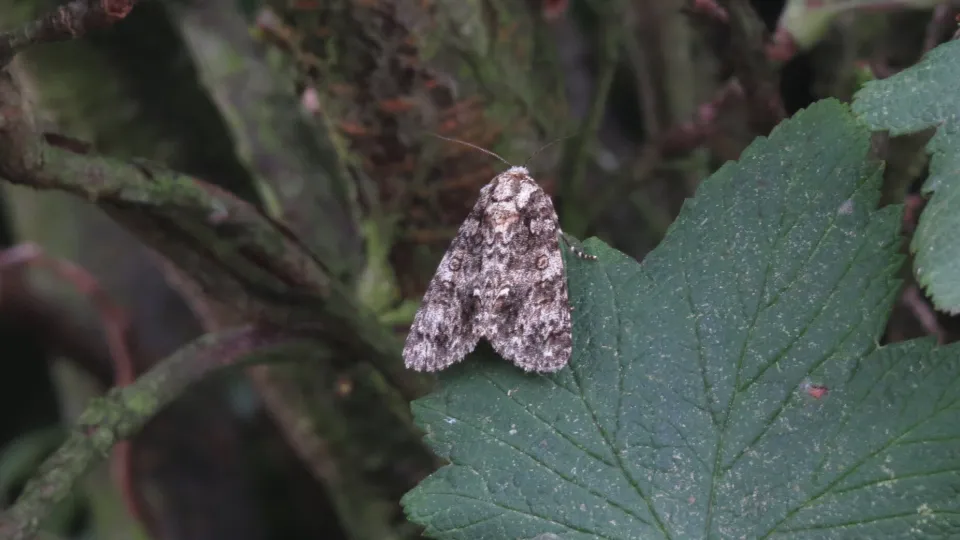
A common moth across most of the UK. The large, hairy caterpillars are often seen in late summer.

This large, fluffy-legged moth is often attracted to lights in May and June.
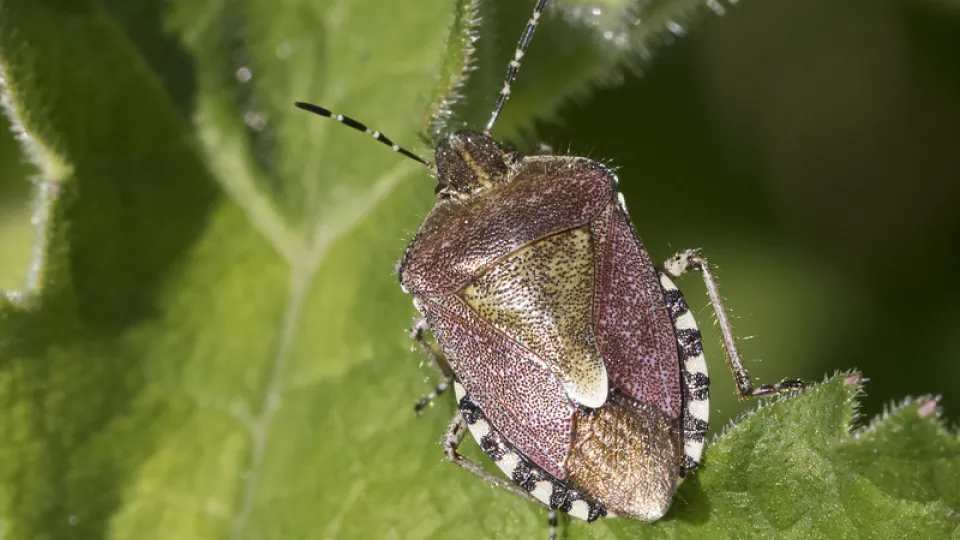
This large shieldbug lives up to its name, bristling with long pale hairs. It's a common sight in parks, hedgerows and woodland edges in much of the UK.
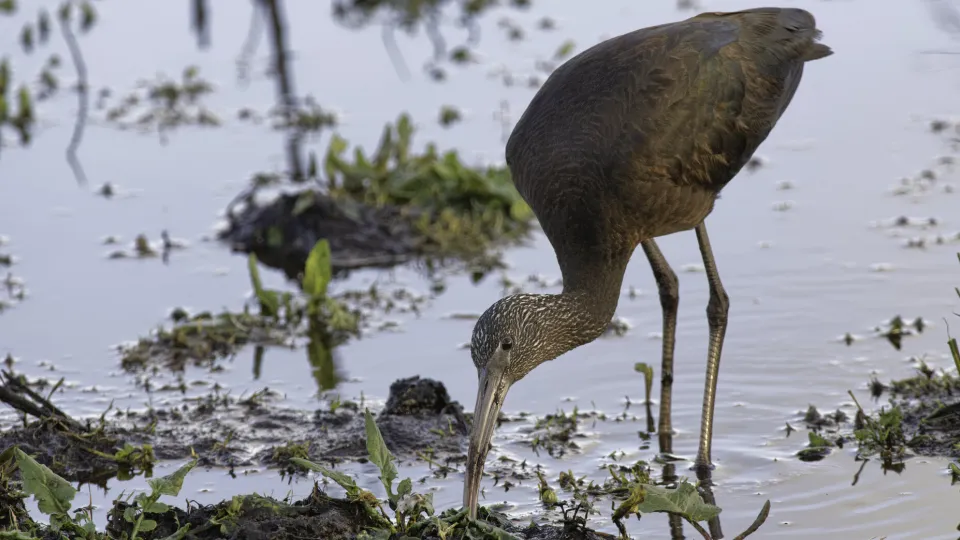
This glossy wading bird is a scarce visitor to the UK, though records have become more common in recent decades.
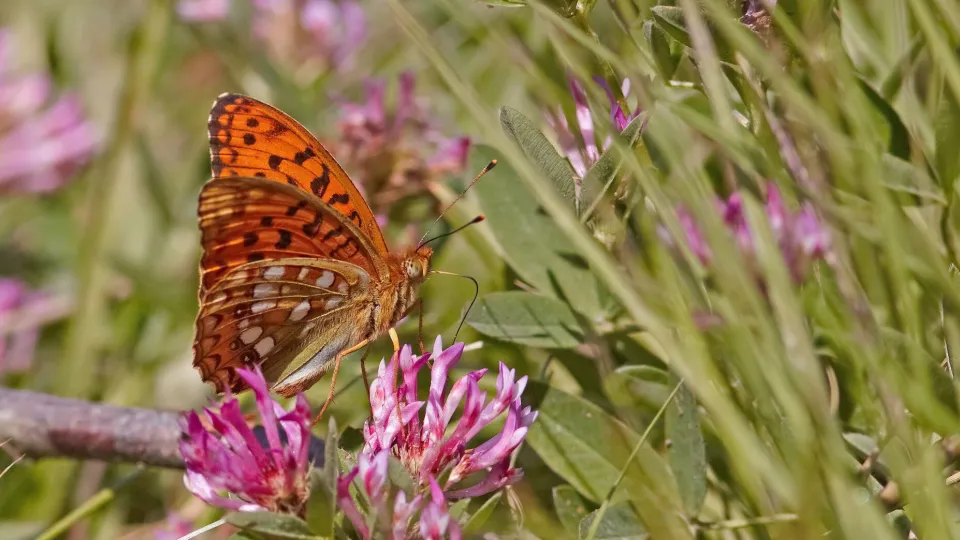
Considered Britain's most threatened butterfly, the high brown fritillary can be only be found in a few areas of England and Wales.
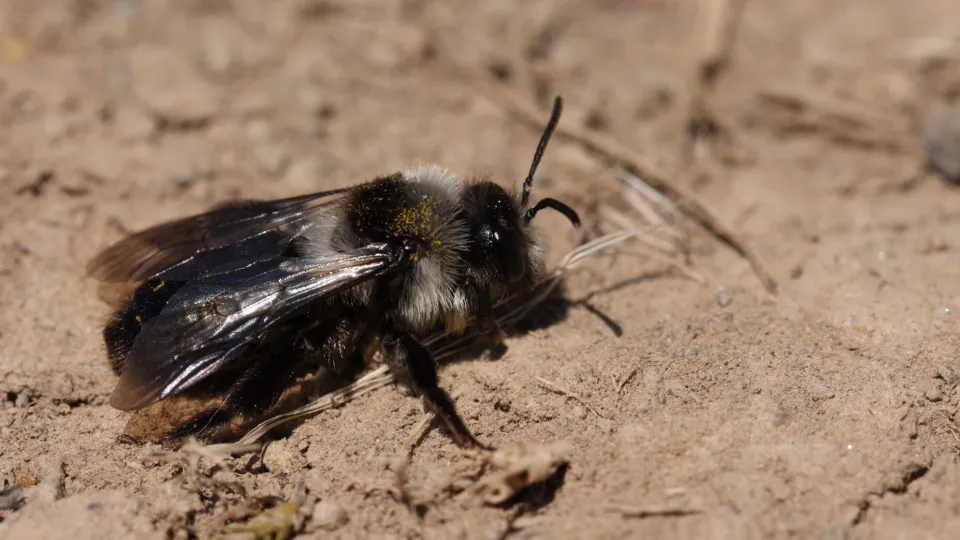
This black and grey solitary bee takes to the wing in spring, when it can be seen buzzing around burrows in open ground.
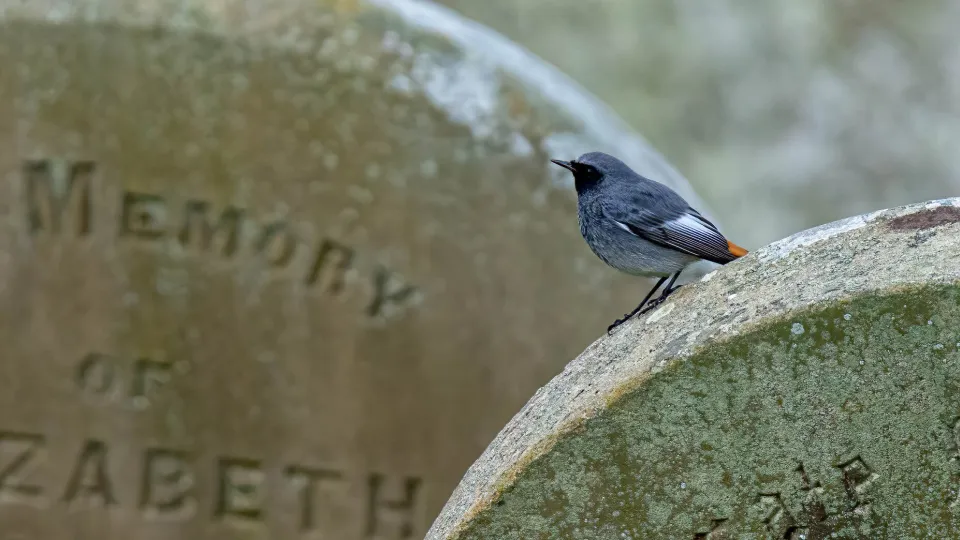
A rare breeder in the UK, this sooty-coloured bird is as at home on an industrial site as it is on a rocky cliff face.